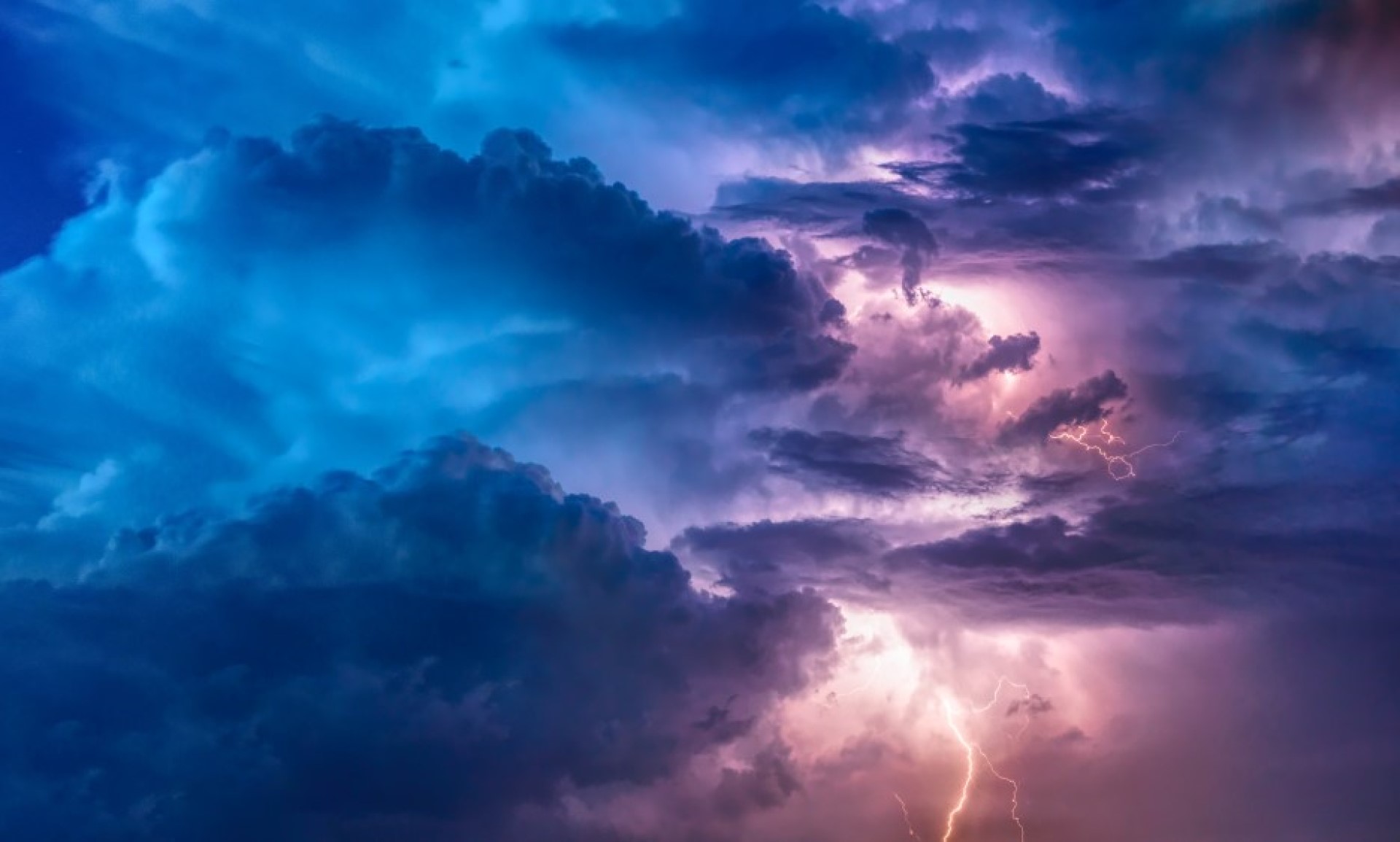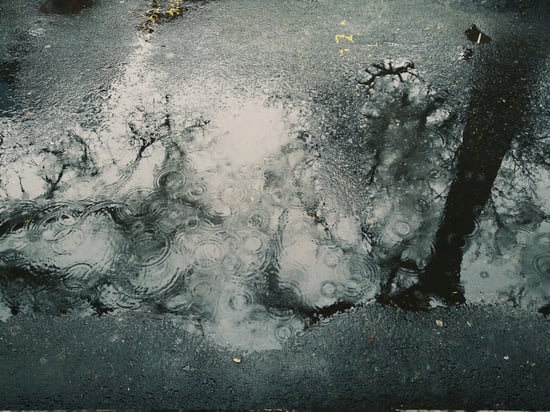
Stormwater detention is an important goal in any city, but we’re not necessarily going about it the right way. Let’s take a look at what it is and how we can do it better.
When you look outside at the rain, what do you see?
If your answer is something along the lines of “a wet walk, muddy dog paws and Seasonal Affective Disorder,” then no one can blame you. But those aren’t the worst downsides of precipitation.
No, that honor goes to stormwater runoff.
While you can find numerous definitions of stormwater and runoff, the best way to think of it is precipitation that hits the ground. In other words, when rain lands on a surface, it becomes stormwater – and it needs to go somewhere.
Urban areas have typically dealt with this by routing it into sewer systems, where it leads to combined sewer overflows. Or it runs along streets and across parking lots until it finds a stream, lake or other waterway. It picks up toxins along the way, spreading them to plants and animals. Obviously that’s not ideal.
If we want to understand what stormwater management is and how best to approach it, we must first grasp stormwater detention.
What Is Stormwater Detention?

We’ve talked about stormwater detention before on the blog, but let’s take a closer look at it today.
Stormwater detention is when precipitation is captured, either as it comes down or as it flows across an impermeable surface (brick, asphalt, cement, concrete, etc.), and detained for a period of time.
You know, like when the police detain you for questioning – they hold onto you for a while, but not forever. Compare this to retention, which is holding onto water forever.
E.g. prison for water. Are these metaphors helping at all?
In other words, detention is a temporary solution. The goal is to keep all that stormwater from flooding the streets at the same time as other stormwater is also doing the same.
If we can reduce peak runoff – that initial spike of stormwater that follows a precipitation event – then we can also reduce negative effects such as erosion, sewage overflows, eutrophication and more.
Which Stormwater Detention Systems Work ... and Which Don’t?
 The next step in understanding stormwater detention is to understand what systems can accomplish it.
The next step in understanding stormwater detention is to understand what systems can accomplish it.
This might mean a green roof or rooftop garden, which snatches water out of the air before it can even get to the ground. Or it might mean a bioswale, which funnels water down a curvy, plant-lined pathway, with the goal of soaking up that water before it reaches the street or a waterway.
Other solutions include stormwater tanks and retention ponds. They work okay, but tanks are grey infrastructure, which is not as beneficial as green. They don’t help water soak into the ground; they just hold onto it for a while.
Retention ponds also provide a half solution. Their problem, however, is that they “are generally ineffective at removing pollutants in runoff because they do not provide adequate holding time for solids to settle before water is released into a stream or storm sewer system.”
A solution to that, explains the above source, is “extending the detention time of the basin and/or including a forebay to the basin in the design when space allows will enhance water quality and quantity benefits.” In other words, there are better and worse ways to pursue detention.
Another solution for removing pollutants from retention ponds is a floating wetland. What's that you say? That's right, a human-made floating island that's a superstar when it comes to cleaning water the natural way. No chemicals, just nature balancing the ecosystem. Or, you know, nature being nature. If you have an existing pond that's looking more like Kermit than it should, we'd be happy to install one for you.
What Is the Best Way to Detain Stormwater?
 Hands-down the best way to deal with stormwater is to prevent its formation entirely, by collecting precipitation it as it falls from the sky, before it hits the ground. That reduces the chances that it will pick up toxins, spread them to our waterways, rush into and overflow sewers, and more.
Hands-down the best way to deal with stormwater is to prevent its formation entirely, by collecting precipitation it as it falls from the sky, before it hits the ground. That reduces the chances that it will pick up toxins, spread them to our waterways, rush into and overflow sewers, and more.
The best detention systems are able to retain water much of the time, which means it never leaves the roof at all. Even when they get full up and have to drain, they filter it first, such as through plant roots, growing media and filter fabrics.
That includes systems such as:
- Green roofs
- Roof gardens
- Rain barrels
- Blue roofs
- Floating wetlands within retention ponds
That said, the best stormwater detention system is the one that fits your individual needs and situation. We’d love you to get in touch with us to learn more today.

